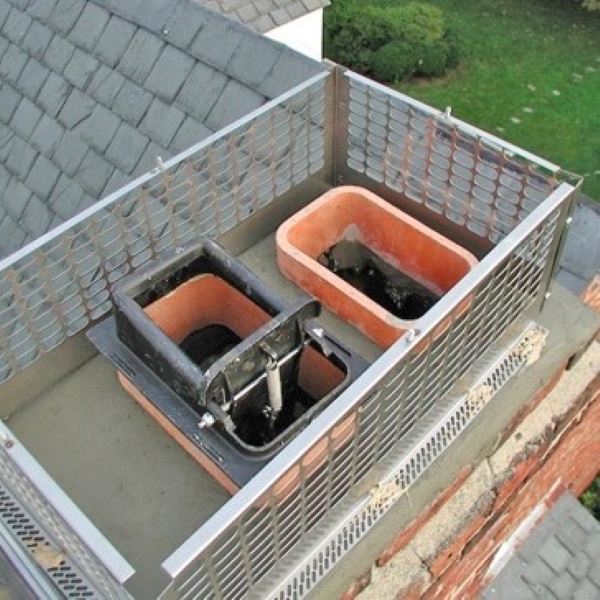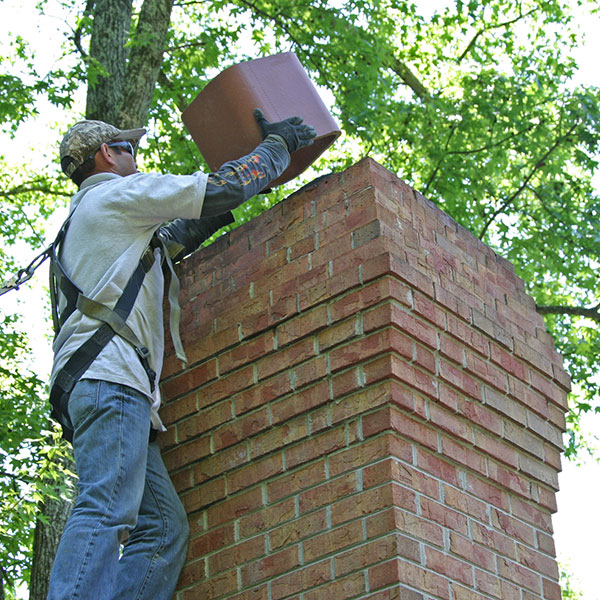Is a Damper and a Flue the Same Thing?
Sometimes the flue and damper are used interchangeably, but they are actually two different but vital components necessary for a safe and efficient fireplace. It is recommended that you schedule an annual chimney inspection which includes checking the flue and damper for signs of wear and damage to ensure your fireplace and chimney remain safe to operate. Chimney cleaning is also necessary to remove creosote, soot, and corrosive gas residue that can damage the flue, damper, and other internal components.
The Flue
The flue is the pipe or duct in the middle of the chimney that vents smoke and fumes created when using a gas or wood-burning fireplace. It extends from the smoke chamber to the top of the chimney. There are also different types of flues, including brick masonry, prefabricated, and pre-cast. The type of flue in your home depends on your heating appliance. Since small animals and debris can block the flue opening, it should be secured with a chimney cap or chimney chase top so that the combustion gases can escape and the exhaust doesn’t back up into your living space.
The Damper
The damper may also be referred to as the flue damper. It is a heavy metal plate that is typically cast iron or steel. It is generally installed in the chimney’s throat just below the flue. It regulates air flow allowing flue gases to vent when it is open and forming an airtight seal to prevent water intrusion and heat loss when it is closed. The damper also contains a rubber gasket that enables it to be airtight. It will eventually wear out and need to be replaced to prevent air leaks and water damage to the firebox.

When to Open and Close the Damper
Open: Before starting a fire in the fireplace, ensure your damper is fully open. The damper should remain open during the fire to prevent exposure to carbon monoxide gas.
Close: After the fire is out and the fireplace is not in use, the damper should be closed. It will save energy and keep water and pests out of the fireplace.
Top Sealing Damper
Many homeowners are installing a top-sealing damper to improves the protection of the interior masonry, flue liner, and fireplace from the outside elements. It is installed at the top of the chimney and prevents small animals, pests, and water from going down the flue. It also saves energy and keeps the flue warmer in the winter, which helps prevent dangerous backdrafts that can send smoke and soot into your living space.




